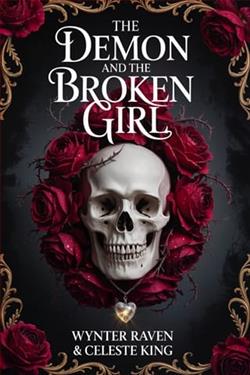
The Demon and the Broken Girl
by Wynter Raven
They called me a curse. A relic locked in the dark to be forgotten. But she touched the mirror—she woke me.
Now I’m free. And she’s mine.
Calla, the broken girl with fire still burning in her eyes. They used her. Hurt her. Branded her as nothing.
I’ll show them what it means to take from me.
I was forged in torment, born again in shadow. I don’t save people. I destroy what tries to break them.
And I swear on every mark carved into my flesh—
I will ruin this world before I let it take her again.
Because they didn’t just hurt her. They made her kneel.
Now I’ll make gods bleed. I’ll rip kingdoms down brick by brick.
And when the smoke clears, the last thing they’ll see is me, on my knees before her—
not in defeat, but in devotion.
Because she’s not just mine to protect.
She’s mine to worship.
And to avenge.
.
Read
The Demon and the Broken Girl on http://kissnovel.net
Martial Peak Reviews
Wynter Raven’s The Demon and the Broken Girl is a dark, evocative tale that plunges readers into a world where shadows and light dance in a delicate balance, and where the boundaries between savior and destroyer blur. This novel is a compelling exploration of power, vengeance, and redemption, wrapped in a narrative that is as haunting as it is beautiful.
The story begins with a powerful premise: a demon, once considered a curse and locked away, is awakened by a girl named Calla. This awakening sets off a chain of events that sees the demon, driven by a fierce sense of protection and vengeance, determined to reclaim what was taken from him and to avenge the wrongs done to Calla. The blurb itself sets the tone for a narrative that promises intensity and emotional depth, and the book delivers on this promise in spades.
One of the most striking aspects of the novel is its character development. Calla, the titular "broken girl," is a character who embodies resilience and strength despite her past traumas. Her journey from being a victim to a figure of empowerment is both inspiring and heart-wrenching. Raven crafts Calla with a depth that allows readers to empathize with her struggles and root for her triumphs. Her fire, though initially dimmed by the cruelty she has endured, is reignited through her interactions with the demon, creating a dynamic that is both tender and fierce.
The demon, on the other hand, is a fascinating character study in duality. He is both a force of destruction and a protector, a being forged in torment yet capable of profound devotion. His vow to ruin the world before allowing it to harm Calla again speaks to a love that is both possessive and reverent. Raven’s portrayal of the demon challenges traditional notions of good and evil, inviting readers to consider the complexities of his motivations and the nature of his redemption.
Thematically, The Demon and the Broken Girl delves into the concepts of power and agency. The narrative examines how power can be both a tool of oppression and a means of liberation. Calla’s journey is one of reclaiming her agency, of transforming from a pawn in others’ games to a player in her own right. The demon’s power, initially seen as a curse, becomes a vehicle for change and justice. This exploration of power dynamics is both thought-provoking and relevant, resonating with contemporary discussions about autonomy and empowerment.
Raven’s writing style is another highlight of the novel. Her prose is lyrical and evocative, painting vivid images that linger in the reader’s mind. The descriptions of the demon’s world, the visceral emotions of the characters, and the intense action sequences are all rendered with a deft touch that enhances the immersive quality of the story. The pacing is well-balanced, with moments of quiet introspection interspersed with scenes of high tension and drama.
In terms of overall impact, The Demon and the Broken Girl is a story that stays with you long after the final page is turned. It is a testament to the power of love and vengeance, of finding strength in vulnerability, and of the transformative potential of redemption. The novel’s conclusion, which sees the demon on his knees before Calla not in defeat but in devotion, is a powerful image that encapsulates the themes of the story and leaves a lasting impression.
For readers who enjoy stories that blend elements of fantasy, romance, and psychological depth, this book is a must-read. It shares thematic similarities with works like Sarah J. Maas’s A Court of Thorns and Roses series, where complex characters navigate worlds filled with magic and danger, and where love and power are intricately intertwined. However, Raven’s novel stands out for its unique take on the demon archetype and its focus on the redemptive power of love and vengeance.
In conclusion, Wynter Raven’s The Demon and the Broken Girl is a masterfully crafted tale that captivates with its rich character development, thematic depth, and evocative prose. It is a story that challenges, inspires, and ultimately, redeems. Whether you are drawn to tales of dark fantasy, complex characters, or narratives that explore the human condition, this novel offers something for everyone. It is a journey into the shadows that promises not only to entertain but to enlighten.




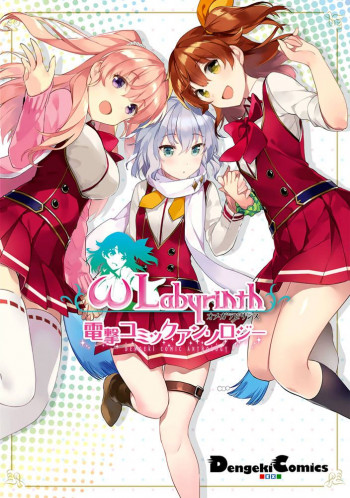
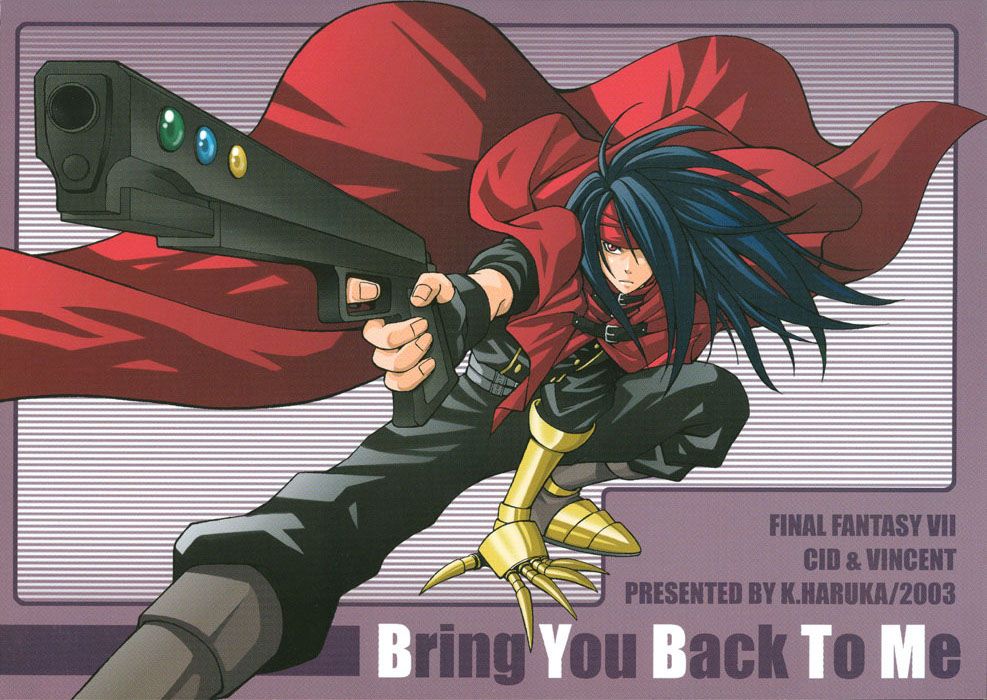

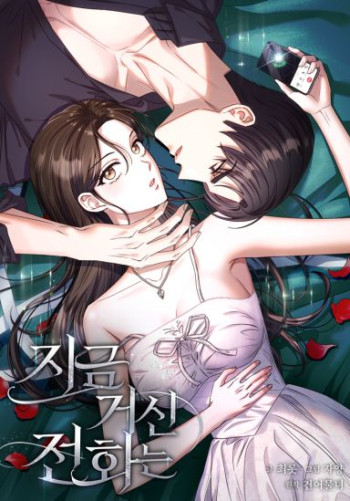
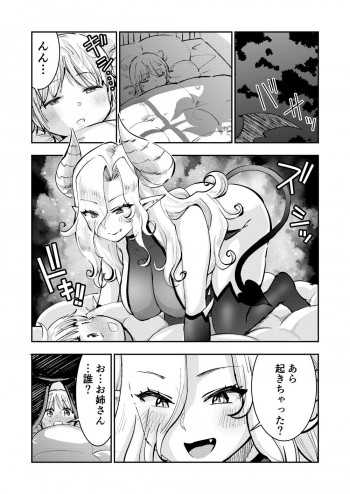


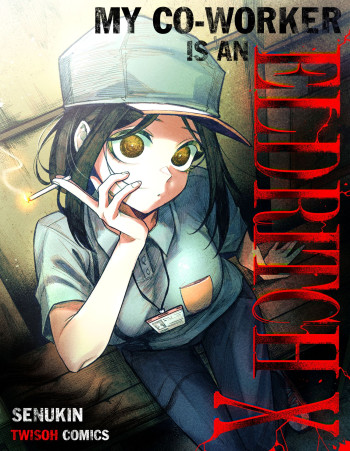

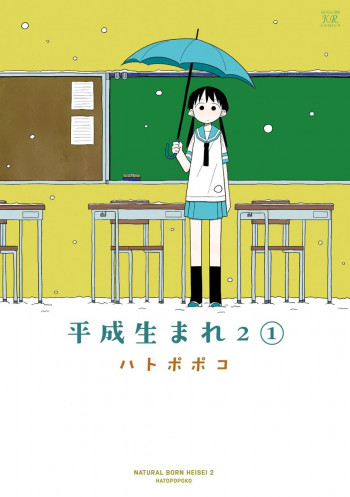










Reviews 0
Post a Reviews: